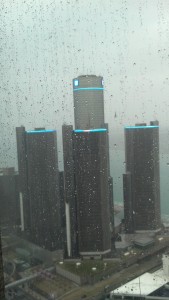A post from our student blogger Sarah Goodman
Legal professionals are often required to bill their time in the form of timesheets. The particular minute increments for billing are dictated by employer policies. Some common time increments are 6, 10, or 15 minutes. Each independent activity should be separately itemized with a corresponding time. Timekeeping is necessary for accurate client invoices.
Time may be recorded on a spreadsheet for convenience. Complete sentences should be used with sentence case and periods. The sentences should be written actively, distinctly demonstrating the work that was performed for the client. Examples of action verbs for billing time include researching, analyzing, drafting, and revising. The tasks should be described and supplemented with specific details. However, the description should not be so long that the task seems ambiguous. Although the tasks should be described in a legal and knowledgeable manner, the descriptions should be understandable to the average client.
It is important to bill time because clients may examine the legal bills with scrutiny. Every minute billed to a client must be must be clear to avoid dispute. The task descriptions should be specific to the individual client to aid in comprehension. For example, instead of describing a task as “drafting amendment”, the description could be improved by identifying the patent application number and including details about the type and nature of the amendment. Slang and abbreviations should be avoided because the timesheets may be reviewed by individuals unfamiliar with a particular terminology.
In the MSPL program, we bill time for every assignment to practice legal billing. We learned that is beneficial to bill time while working on a project or as soon as possible after completion to avoid mistakes and errors. The ability to produce detailed and accurate timesheets is a fundamentally essential skill for a successful career in the legal field.




